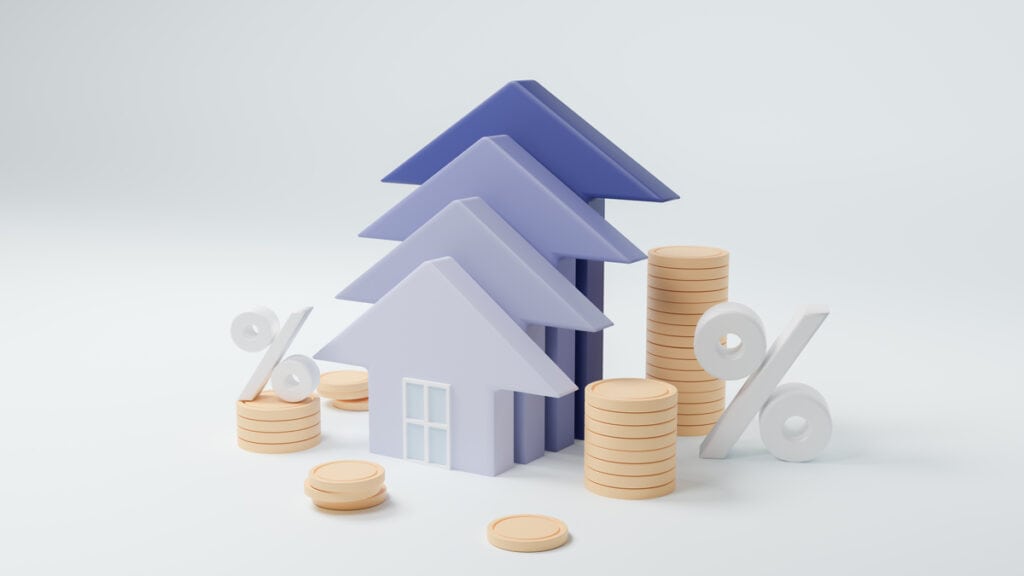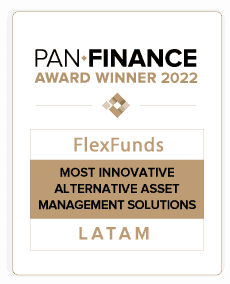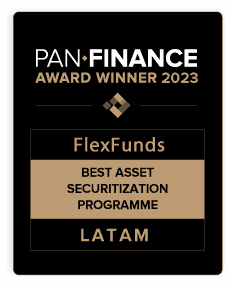- This article explains how Real Estate Investment Trusts (REITs) are becoming more sustainable by applying criteria such as energy efficiency and water conservation, among others.
- This information may be useful for portfolio managers and/or investment advisors looking to offer environmentally friendly alternatives capable of generating profits.
- FlexFunds specializes in designing and issuing investment vehicles, and its asset securitization process can enhance the distribution of sustainable REITs. If you want to delve into the products developed by FlexFunds and find the solution that best suits your needs, feel free to contact our team of specialists.
REITs Enable Sustainable Real Estate Investment
Times are changing, and people are adapting to new social standards, which evidently impacts the financial industry. Decades ago, investors were solely focused on making more money, generally paying attention to legally accepted methods.
However, more market participants nowadays seek investments that contribute to environmental conservation.
For this reason, the REIT industry has begun to include sustainable alternatives aimed at generating income through environmentally friendly techniques.
What are REITs?
REITs (Real Estate Investment Trusts) are investment trusts that pool money from numerous investors to buy, operate, or finance income-generating real estate properties.
As explained by JP Morgan, “REITs invest in many different types of real estate, from residential apartment buildings and offices to warehouses, shopping centers, and hospitals. Most REITs specialize in a particular type of property, although some deal with multiple property categories.”
How REITs are Adapting to New Sustainable Trends?
One extra advantage of REITs is their ability to enable sustainable investment by applying specific criteria for investors when placing their money:
1. Energy Efficiency
Sustainable REITs prioritize properties designed to be energy-efficient, with high-performance insulation, optimized heating and cooling systems, energy-efficient lighting, and intelligent automation systems.
Through these practices, properties consume less energy, leading to lower operating costs and, more importantly, generating fewer carbon emissions.
2. Renewable Energy
Properties within sustainable and ecological REITs often incorporate renewable energy sources like solar or wind power.
By creating clean energy, these properties reduce their dependence on fossil fuels, contributing to the transition to a low-carbon emissions economy.
3. Water Conservation
Sustainable real estate investment trusts include commercial and residential properties, implementing water-efficient fixtures, rainwater harvesting systems, and advanced irrigation techniques.
This aims to reduce water consumption, a finite resource, helping preserve local and international water resources and mitigate risks associated with scarcity.
4. Sustainable Materials
REITs are adapting to new sustainable trends by including properties built with environmentally friendly materials, such as those with low carbon emissions, recycled content, and natural raw materials.
By choosing these elements, properties have less environmental impact and promote circular economy principles, benefiting the planet in the long run.
5. Climate Awareness
Ecological properties shaping these new sustainable REITs apply climate awareness in their design, considering factors such as sea-level rise, external climate phenomena, and various changes in land patterns.
They may also implement periodic monitoring systems and audits to ensure continued adherence to energy efficiency criteria and set goals to further reduce resource consumption.
Through these practices, REITs are becoming increasingly sustainable investment alternatives, as demonstrated by statistics.
Specifically, according to the National Association of REITs in the United States, out of the 100 largest REITs by market capitalization, 70 publicly report additional environmental sustainability objectives, such as acquiring renewable energy and managing water and waste consumption.
Additionally, for this group of assets encompassed in these investment vehicles, energy consumption decreased by around 2% in 2021, while greenhouse gas emissions decreased by 3.4%, with water usage remaining stable.If you are a portfolio manager that includes sustainable REITs and wants to enhance the distribution of your investment strategy, remember that FlexFunds specializes in the securitization of real estate assets through the Flex Private Program, which can help you attract capital quickly and cost-effectively. To learn more about the program, do not hesitate to contact our team. We will be happy to assist you.
Sources:
- https://www.chase.com/personal/investments/learning-and-insights/article/what-is-a-reit
- https://www.reit.com/investing/reits-sustainability/reit-esg-dashboard
- https://limbd.org/key-aspects-and-features-of-sustainable-and-green-reits/







